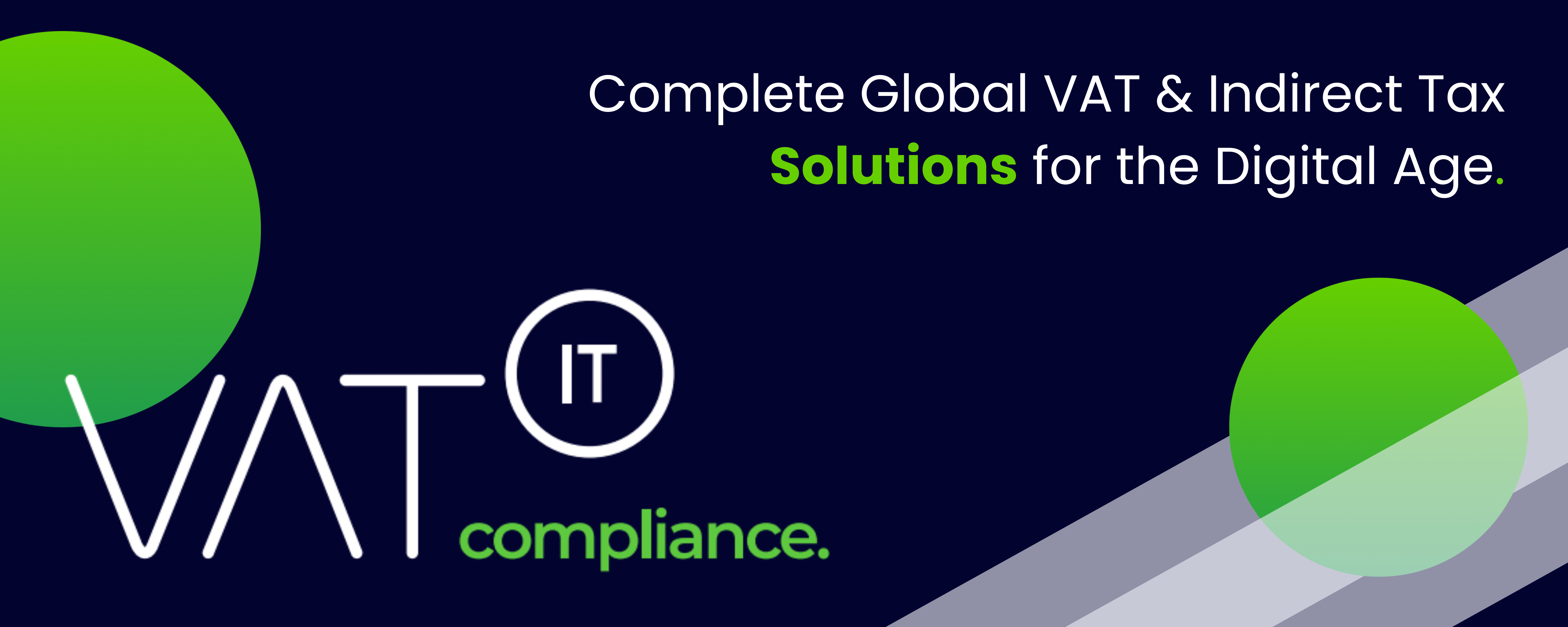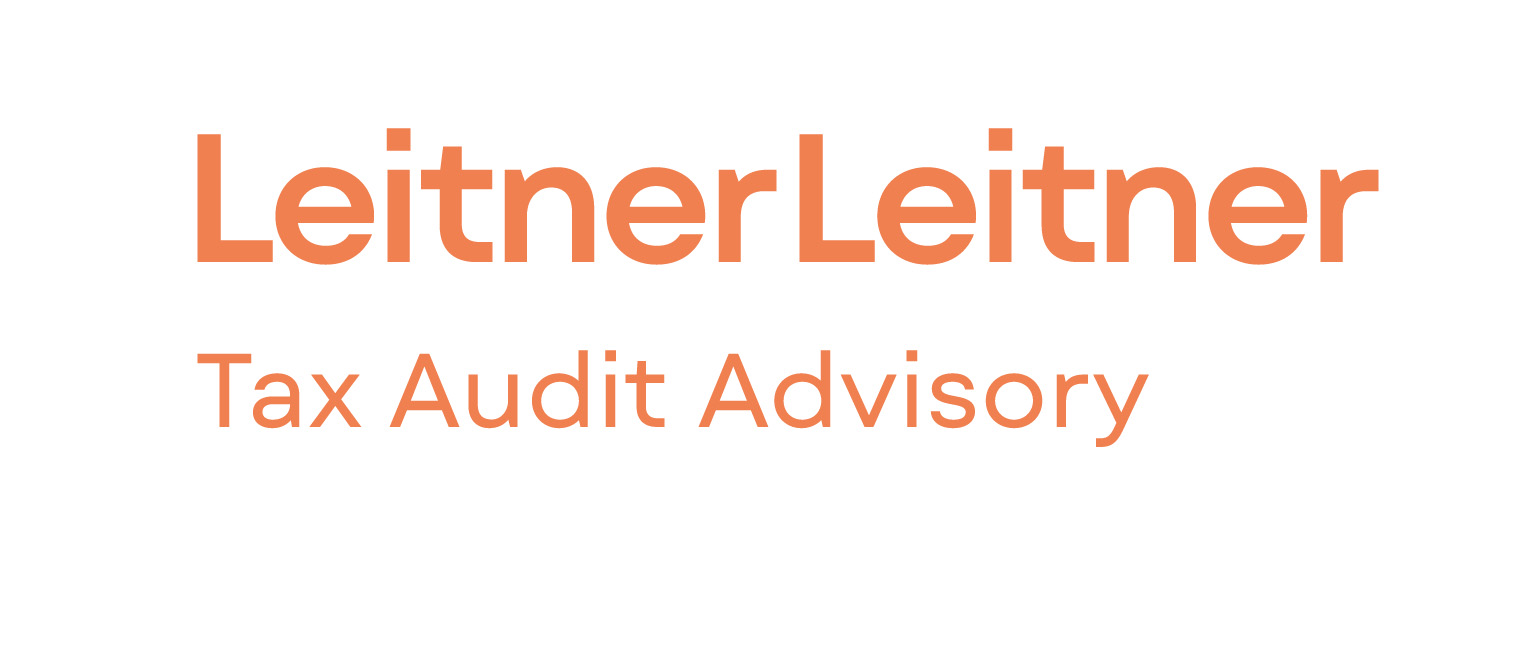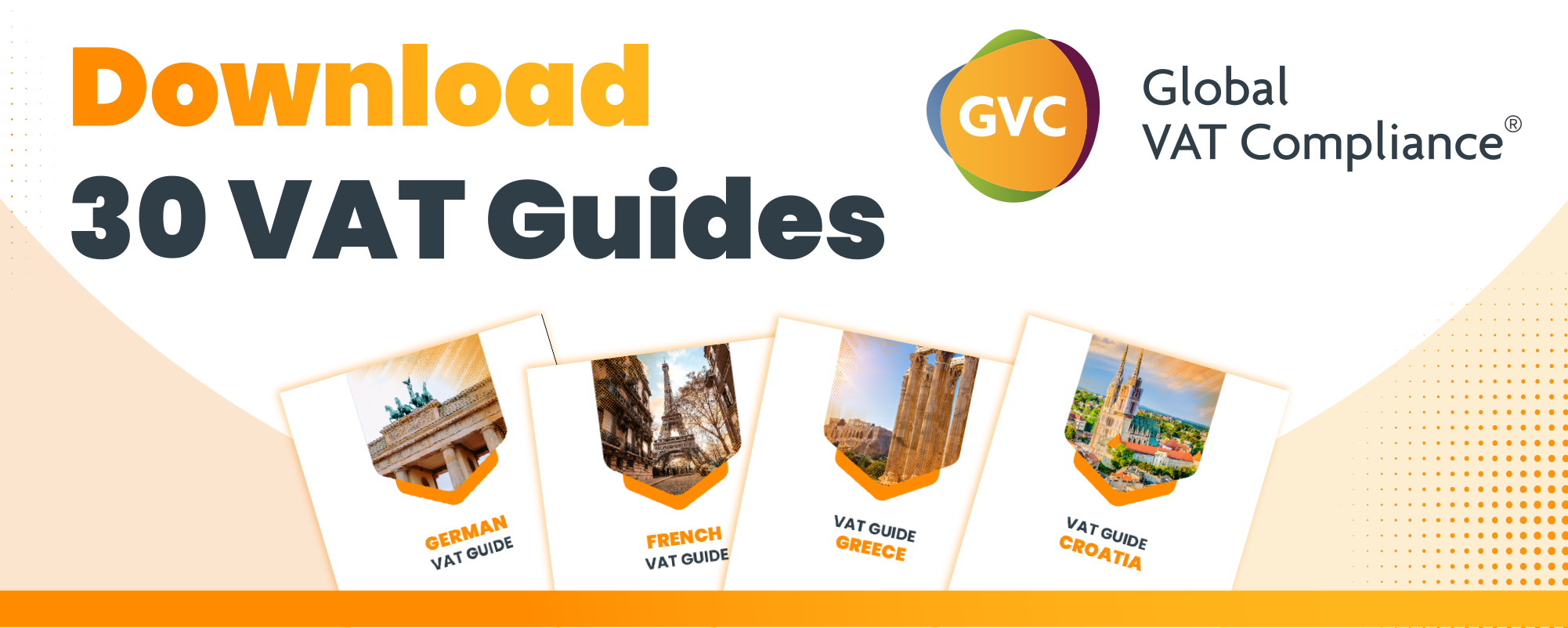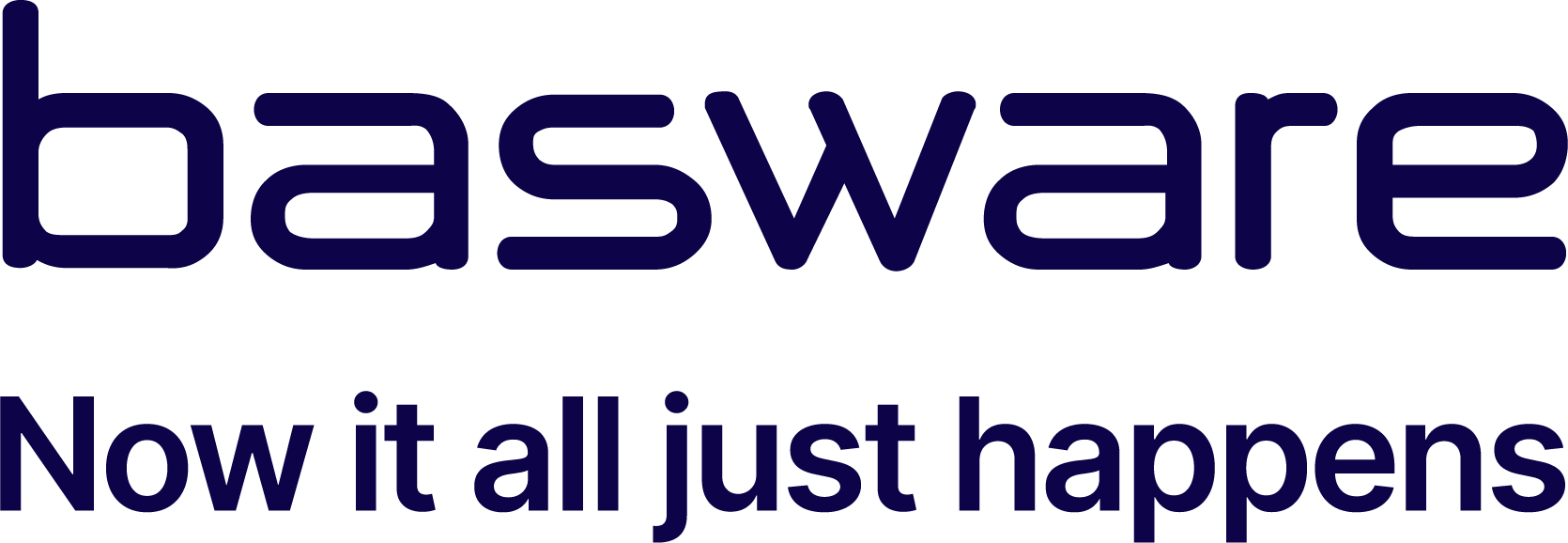-
ViDA’s Three Pillars: The VAT in the Digital Age package modernizes EU VAT through e-invoicing, platform economy rules, and expanded One-Stop Shop registration. Yet, delays, divergent rules, and costly implementations undermine its credibility and increase compliance burdens.
-
Flexibility vs. Harmonization: While critics say EU VAT harmonization is insufficient, Quenette highlights its “laboratory” effect—allowing member states experimentation. This partial alignment fosters learning, balances sovereignty with unity, and strengthens the EU against global challenges.
-
Practical Challenges: E-invoicing mandates, refund delays, and shifting VAT rules raise costs and legal uncertainty for businesses. Unstable frameworks—illustrated by failed dropshipping ventures—threaten competitiveness and highlight the urgent need for reliable refund mechanisms and stable legislation.
-
Future Outlook: Complexity in VAT rates, exemptions, and refund processes hampers usability. Quenette urges simplicity—streamlining rules and adopting a two-rate system—to create a fair, efficient, and business-friendly VAT model across the European Union.
Source: vatabout.com
Latest Posts in "European Union"
- Questions to ECJ – Quick Fixes Under Scrutiny: Is an EU VAT ID a Substantive Requirement for Zero-Rating?
- Briefing document & Podcast: ECJ VAT C-622/23 (RHTB) – VAT Implications in Work Contract Cancellations
- New GC VAT Case: C-689/25 (British Company) – No details known yet
- Comments on ECJ Case C-726/23 (Arcomet) – ECJ clarifies VAT rules for Transfer Pricing adjustments in intragroup transactions
- ETAF Calls for Modern, Harmonised VAT Rules for EU Travel and Tourism Sector Reform














